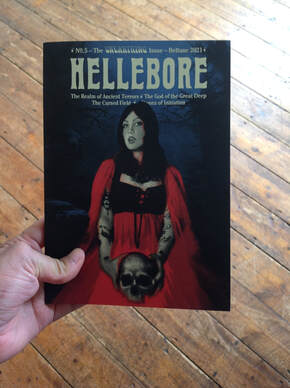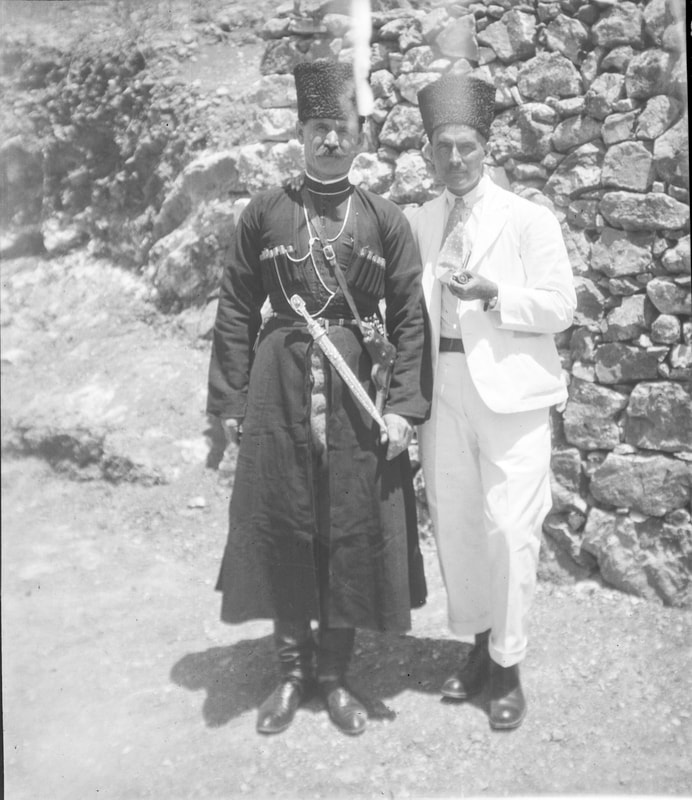|
By Amara Thornton Before the end of the First World War, plans were begun by the Palestine Exploration Fund, working with the British Academy on behalf of the Foreign Office, to open a new British School of Archaeology in Jerusalem. The Palestine Exploration Fund had been supporting British archaeological research in Ottoman Palestine since 1865, had an office in Jerusalem and a network of local contacts. The British School of Archaeology in Jerusalem was established in 1919, joining other pre-war British Schools in Rome and Athens as a new centre for research. The French school of archaeology (École Biblique) and the American Schools of Oriental Research were already well established in Jerusalem. A Department of Antiquities for Palestine was also established at the same time and had a close association with the School in this early period; chiefly due to the fact that both organisations were in the hands of archaeologist John Garstang as Director. The first students were accepted from 1920. George Horsfield arrived for the 1923-4 session, learning the processes of archaeology through participation in excavation and lectures at the School. He was already a professional architect with international experience, and his skills John Garstang valued highly.
A Department of Antiquities for Transjordan was established in Amman in 1926, with George Horsfield as its first Chief Inspector (and in some documents inaccurately called Director), eventually responsible for signing off on permissions for excavation to credentialed archaeologists, thus effectively barring anyone who lacked 'proper' training. The British School of Archaeology in Jerusalem, under a new Director John Crowfoot, who with his wife Molly Crowfoot began excavating in Jerash with a few School students in 1928 in a joint project with Yale University (co-led by Clarence Fisher). The year before, an Italian team led by Ciacomo Guidi had begun initial excavations in the Citadel area in Amman.
The Transjordan Department of Antiquities had very little money for extensive excavations, so Agnes Conway's fundraising for the Petra Excavation Fund in 1929 offered Horsfield the opportunity to conduct work without substantially effecting the Department's overall budget. References/Further Reading Corbett, Elena. 2014. Competitve Archaeology in Jordan: Narrating Identity from the Ottomans to the Hashemites. Austin, TX: University of Texas Press. Gibson, Shimon. 1999. British Archaeological Institutions in Mandatory Palestine, 1917-1948. Palestine Exploration Quarterly 131 (2): 115-143. Thornton, A. 2012. Archaeologists-in-Training: Students of the British School of Archaeology in Jerusalem, 1920-1936. Journal of Open Archaeology Data. Thornton, A. 2012. Tents, Tours and Treks: Archaeologists, Antiquities Services and Tourism in British Mandate Palestine and Transjordan. Public Archaeology 11 (4): 195-216. Thornton, A. 2014. The Nobody: Exploring Archaeological Identity with George Horsfield (1882-1956). Archaeology International. Thornton, A. 2015. Social Networks in the History of Archaeology: Placing Archaeology in its Context. New Historiographical Approaches to Past Archaeological Research. Berlin Studies of the Ancient World 32. (pp. 69-94). Berlin: Edition TOPOI. Comments are closed.
|


 RSS Feed
RSS Feed